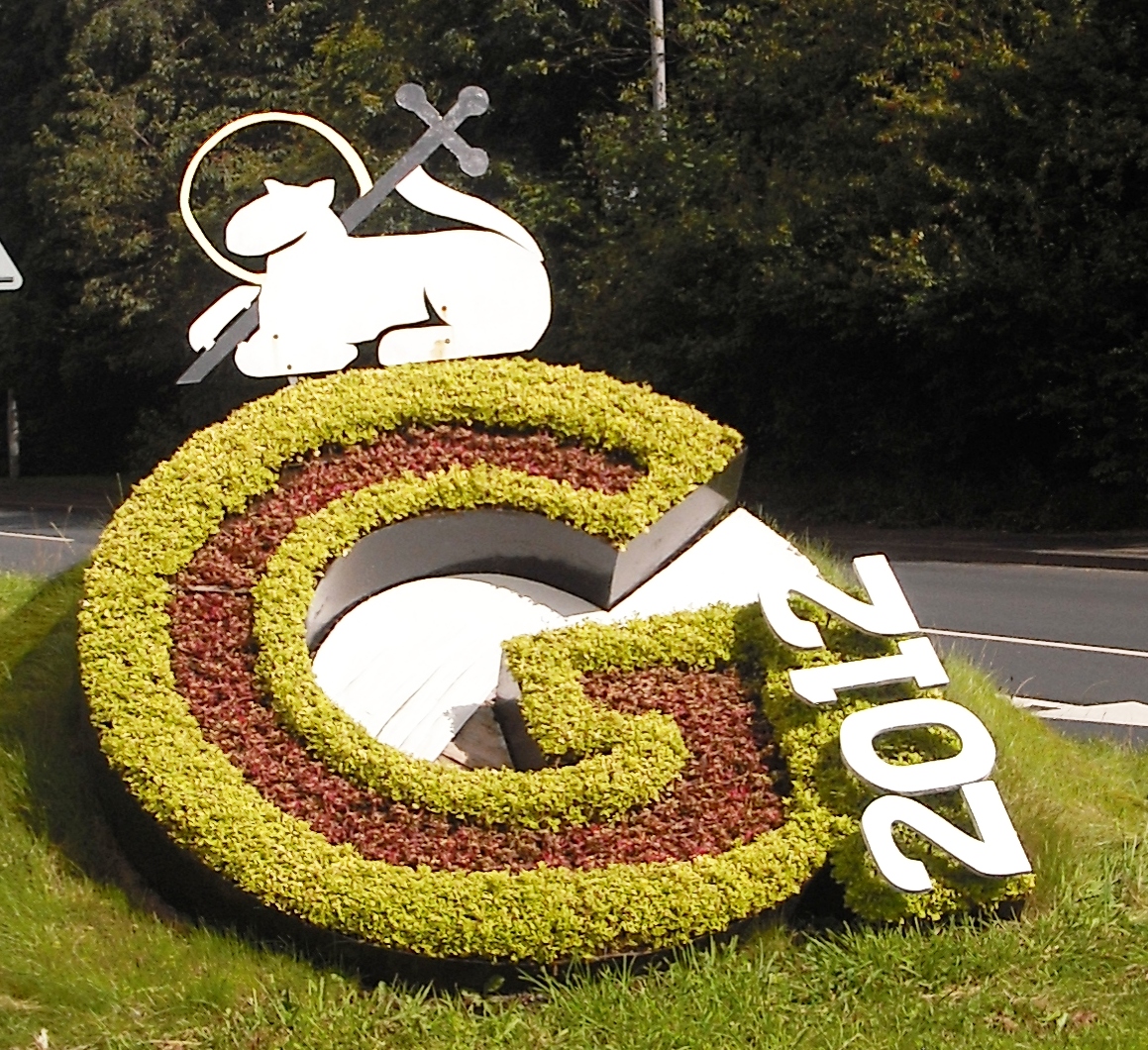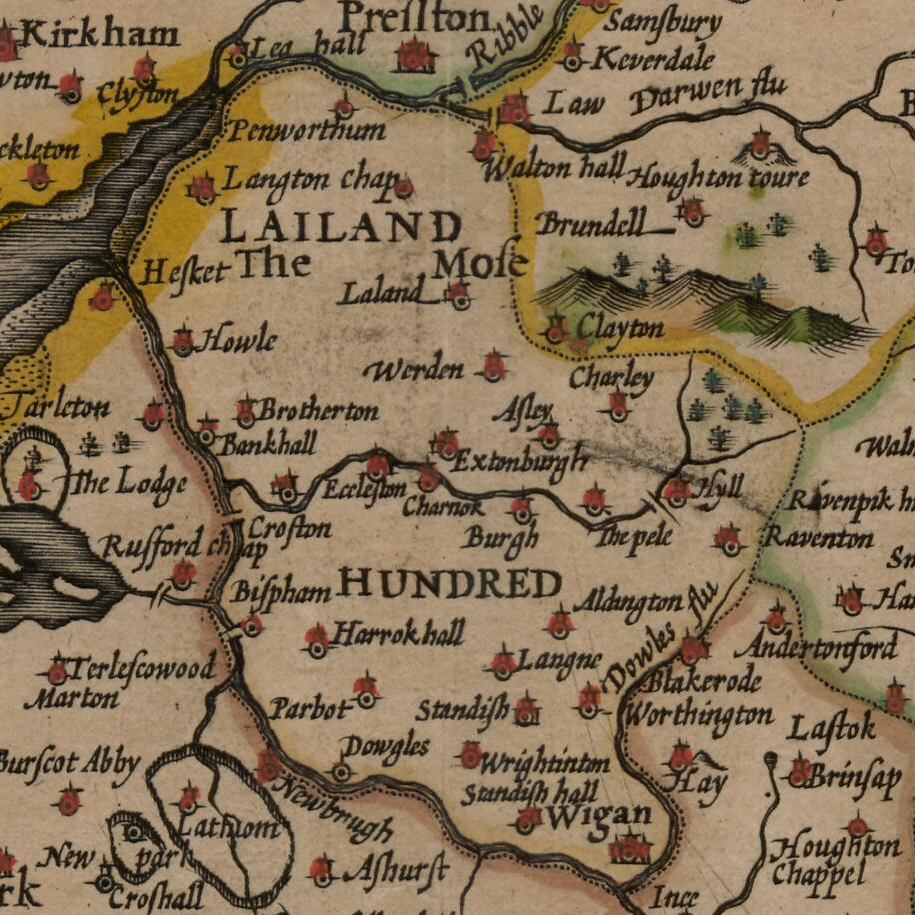|
Penwortham
Penwortham () is a town and civil parish in South Ribble, Lancashire, England, on the south bank of the River Ribble facing the city of Preston, Lancashire, Preston. The town is at the most westerly crossing point of the river, with major road and rail links crossing it here. The population of the town at the United Kingdom Census 2011, 2011 census was 23,047. History The distinctive town name is derived from Celts, Celtic and Anglo Saxon origins, it is a hybrid of the Welsh language, Welsh ''pen'', meaning hill and the Old English word ''worphamm'', meaning enclosed homestead, with earlier names of Peneverdant and Pendrecham (1200); Penwrtham (1204); Penuertham (1212); Penwortham (1260) and Penewrthamn (1292).'Townships: Penwortham', A History of the C ... [...More Info...] [...Related Items...] OR: [Wikipedia] [Google] [Baidu] |
Penwortham 1888
Penwortham () is a town and civil parish in South Ribble, Lancashire, England, on the south bank of the River Ribble facing the city of Preston. The town is at the most westerly crossing point of the river, with major road and rail links crossing it here. The population of the town at the 2011 census was 23,047. History The distinctive town name is derived from Celtic and Anglo Saxon origins, it is a hybrid of the Welsh ''pen'', meaning hill and the Old English word ''worphamm'', meaning enclosed homestead, with earlier names of Peneverdant and Pendrecham (1200); Penwrtham (1204); Penuertham (1212); Penwortham (1260) and Penewrthamn (1292).'Townships: Penwortham', A History of the County of Lancaster: Volume 6 (1911), pp. 56–61 accessed 17 O ... [...More Info...] [...Related Items...] OR: [Wikipedia] [Google] [Baidu] |
St Mary's Church, Penwortham
St Mary's Church is in Church Avenue, Penwortham, Lancashire, England. It is an active Anglican parish church in the deanery of Leyland, the archdeaconry of Blackburn, and the diocese of Blackburn. The church is recorded in the National Heritage List for England as a designated Grade II* Listed building#England and Wales, listed building. History The oldest part of the church is the chancel which dates from the 14th century. The west tower was built in the 15th century. The nave and aisles were Victorian restoration, rebuilt in 1855–56 by the Lancaster, Lancashire, Lancaster architect Edward Graham Paley, E. G. Paley. As part of the restoration the roof was raised, and the north and west galleries were removed. Between 2009 and 2011 the church was reordered, under-floor heating was installed, and the pews were replaced by chairs. Architecture Exterior St Mary's is constructed in stone and has a slate roof. Its plan consists of a four-Bay (architect ... [...More Info...] [...Related Items...] OR: [Wikipedia] [Google] [Baidu] |
South Ribble
South Ribble is a local government district with borough status in Lancashire, England. Its council is based in Leyland. The borough includes the towns and villages of Penwortham, Leyland, Farington, Farington Moss, Hutton, Longton, Walmer Bridge, Much Hoole, Coupe Green, Salmesbury, Lostock Hall, Walton-le-Dale and Bamber Bridge. Many of the built-up areas in the borough form part of the wider Preston built-up area. The neighbouring districts are Preston, Ribble Valley, Blackburn with Darwen, Chorley, West Lancashire and Fylde. History The district was formed on 1 April 1974 under the Local Government Act 1972, covering the whole area of two former districts and parts of a third, which were abolished at the same time: * Leyland Urban District * Preston Rural District (parishes of Cuerdale, Farington, Hutton, Little Hoole, Longton, Much Hoole, Penwortham and Samlesbury only, rest split between Preston and Ribble Valley) * Walton-le-Dale Urban District (whi ... [...More Info...] [...Related Items...] OR: [Wikipedia] [Google] [Baidu] |
River Ribble
The River Ribble runs through North Yorkshire and Lancashire in Northern England. It starts close to the Ribblehead Viaduct in North Yorkshire, and is one of the few that start in the Yorkshire Dales and flow westwards towards the Irish Sea (the Dee in Dentdale and the Twiss in Kingsdale being notable others). Etymology The name ''Ribble'' may be a Brittonic compound-formation. The second element is the noun ''*pol'', with connotations including "puddle, pond, upland-stream" ( Welsh ''pwll''). The first is ''rö-'', an intensive prefix, with nouns meaning "great" (Welsh ''rhy-'', Cornish re-). Ribble may once have been known as ''*Bremetonā-'', underlying the name ''Bremetenacum'', the Roman fort at Ribchester. Involved here is the Brittonic root ''*breμ–'', meaning "roaring" (cf. Welsh ''brefu''), as observed at the river-names Breamish in Northumberland, Braan in Scotland and Brefi in Wales. History Neolithic to Saxon finds from along the River Ribble during th ... [...More Info...] [...Related Items...] OR: [Wikipedia] [Google] [Baidu] |
Penwortham Castle
Penwortham Castle was built on the south bank of the River Ribble, at Penwortham to the west of Preston, Lancashire, England, at . The site is a Scheduled Ancient Monument, although only the mound remains. It was built shortly after the Norman Conquest as a motte castle by Roger of Poitou. It served to guard the estuary of the river and a ford crossing it. It was recorded in the Domesday Book in 1086 as having attached to it: six burgesses, three 'radmen' (riding men), eight villeins and four neatherds (cattle keepers). When Roger built Lancaster Castle, Penwortham declined in importance. In the early 13th century Randolph de Blundeville, Earl of Chester and baron Baron is a rank of nobility or title of honour, often Hereditary title, hereditary, in various European countries, either current or historical. The female equivalent is baroness. Typically, the title denotes an aristocrat who ranks higher than ... of Lancaster, held his courts in the castle, but soon after ... [...More Info...] [...Related Items...] OR: [Wikipedia] [Google] [Baidu] |
Honour Of Clitheroe
The Honour of Clitheroe is an ancient grouping of manors and royal forests centred on Clitheroe Castle in Lancashire, England; an honour traditionally being the grant of a large landholding complex, not all of whose parts are contiguous. In the case of Clitheroe, this complex was loosely clustered around the ancient wapentake of Blackburnshire. History Before the Norman Conquest, the lands of Blackburnshire were held by Edward the Confessor, while Bowland was held by Tostig, son of Godwin, Earl of Wessex. In 1092, Roger de Poitou acquired a large part of what is now Lancashire, including the hundred of Blackburnshire. By the end of the 11th century, Poitou's landholdings had been confiscated and came into the possession of the De Lacys, Barons of Pontefract and Lords of Bowland. In 1102, Henry I granted the fee of Blackburnshire and further holdings in Hornby, and the vills of Chipping, Aighton and Dutton in Amounderness to Robert de Lacy, 2nd Baron of Pontefr ... [...More Info...] [...Related Items...] OR: [Wikipedia] [Google] [Baidu] |
Preston, Lancashire
Preston () is a city on the north bank of the River Ribble in Lancashire, England. The city is the administrative centre of the county of Lancashire and the wider City of Preston, Lancashire, City of Preston local government district. Preston and its surrounding district obtained City status in the United Kingdom, city status in 2002, becoming England's 50th city in the 50th year of Elizabeth II of the United Kingdom, Queen Elizabeth II's reign. Preston had a population of 147,800 at the 2021 census, the City of Preston district 156,411 in 2023 and the Preston Built-up Area 313,322. The Preston Travel To Work Area, in 2011, had a population of 420,661, compared with 354,000 in the previous census. The south bank of the Ribble is part of the Preston urban area, although it forms the South Ribble borough that is administratively separate. Preston and its surrounding area have provided evidence of ancient Roman Britain, Roman activity, largely in the form of a Roman road that led ... [...More Info...] [...Related Items...] OR: [Wikipedia] [Google] [Baidu] |
South Ribble (UK Parliament Constituency)
South Ribble is a constituency represented in the House of Commons of the UK Parliament since 2024 by Paul Foster for Labour. History The seat of South Ribble was created for the 1983 general election, following the local government changes in the 1970s which saw the creation of the main constitutive borough of the same name. It has been a classic bellwether seat since its creation, changing hands with the change of government. Former Preston North MP Robert Atkins won the South Ribble constituency in 1983 and fought the seat in every election up to the 1997 general election. At that time, in dramatic bellwether fashion, Labour's David Borrow gained the seat on a clear majority, with nearly 26,000 votes, 2,000 less than Atkins' victory in the corresponding "landslide" year of 1983. From 1997 until 2010, David Borrow's vote total and majority consistently shrunk with a swing back to the Conservatives at every election. In terms of the other parties, Liberal Democrats have n ... [...More Info...] [...Related Items...] OR: [Wikipedia] [Google] [Baidu] |
Leyland (hundred)
The Leyland Hundred (also known as Leylandshire) is a historic subdivision of the English county of Lancashire. It covered the parishes of Brindle, Chorley, Croston, Eccleston, Hoole, Leyland, Penwortham, Rufford, Standish and Tarleton. In the Domesday Book the area was recorded as 'Lailand' Hundred, included in the returns for Cheshire Cheshire ( ) is a Ceremonial counties of England, ceremonial county in North West England. It is bordered by Merseyside to the north-west, Greater Manchester to the north-east, Derbyshire to the east, Staffordshire to the south-east, and Shrop .... However, it cannot be said clearly to have been part of Cheshire.Crosby, A. (1996). writes on page 31: Notes and references Bibliography *Crosby, A. (1996). ''A History of Cheshire.'' (The Darwen County History Series.) Chichester, West Sussex, UK: Phillimore & Co. Ltd. . *Harris, B. E., and Thacker, A. T. (1987). ''The Victoria History of the County of Chester. (Volume 1: Physiqu ... [...More Info...] [...Related Items...] OR: [Wikipedia] [Google] [Baidu] |
Lancashire
Lancashire ( , ; abbreviated ''Lancs'') is a ceremonial county in North West England. It is bordered by Cumbria to the north, North Yorkshire and West Yorkshire to the east, Greater Manchester and Merseyside to the south, and the Irish Sea to the west. The largest settlement is Preston, Lancashire, Preston, and the county town is the city of Lancaster, Lancashire, Lancaster. The county has an area of and a population of 1,490,300. Preston is located near the centre of the county, which is urbanised and includes the towns of Blackburn and Burnley; the seaside resort of Blackpool lies to the west, and Lancaster, Lancashire, Lancaster is in the north. For Local government in England, local government purposes the county comprises a non-metropolitan county, with twelve districts, and two Unitary authorities of England, unitary authority areas: Blackburn with Darwen and Borough of Blackpool, Blackpool. Lancashire County Council and the two unitary councils collaborate through the ... [...More Info...] [...Related Items...] OR: [Wikipedia] [Google] [Baidu] |




